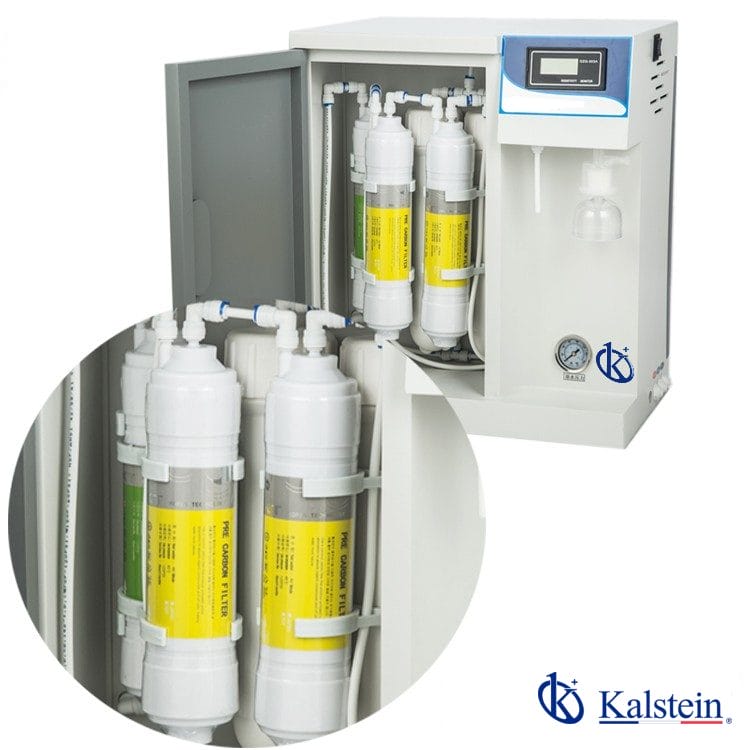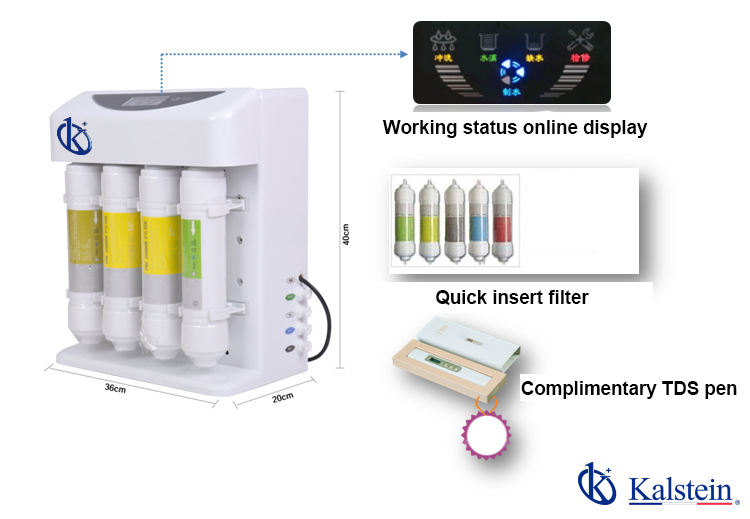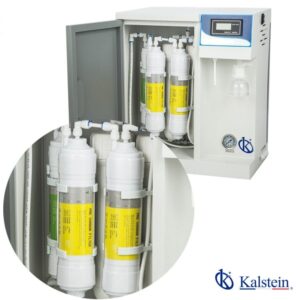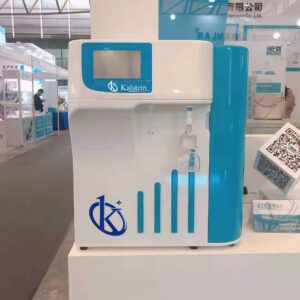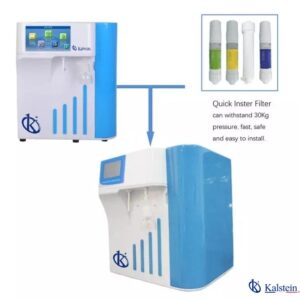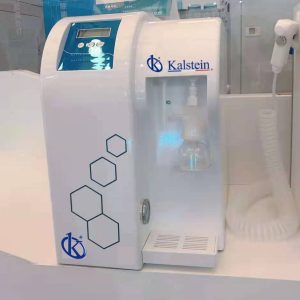Description
The Deionized Water System YR57/YR57-2 is a cutting-edge solution for laboratories and industries requiring ultra-pure water. This versatile system is perfect for biochemical analyzers, electroplating, battery charging, chip washing, and much more. Compact and elegant, it fits seamlessly into any lab cabinet. The system supports various high-precision applications by ensuring ultra-pure water production, making it an essential replacement for traditional single, double, or triple distilled water machines.
Market Price
When considering a high-performance deionized water system like the YR57/YR57-2, it’s important to understand the investment needed. With market prices ranging between $500 USD and $800 USD, this product offers an excellent balance between cost and efficiency, ensuring that you receive the highest quality at a competitive price point. To find out more about current pricing, feel free to request a quote and explore the options available within the Kalstein Plus platform.
Frequently Asked Questions
What type of water does the system use? The YR57/YR57-2 uses urban tap water with TDS < 200 ppm, between 5-45°C, and at 1.0-3.5 Kg/cm² pressure.
What is the output capacity? The system provides options of 15 L/H or 30 L/H, depending on the model selected.
How frequently should filters be changed? The design incorporates quick-insert filters for easy and convenient replacement, recommending changes based on workload and usage conditions.
Advantages and Disadvantages
The YR57/YR57-2 system boasts several advantages, including its compact design, ease of maintenance, and high rejection rates for ions and organic matter. It is equipped with an LED screen displaying real-time operational status. While it excels in performance, potential considerations include the initial investment and ongoing maintenance depending on usage intensity.
Field Use
Designed for various industrial and laboratory applications, the YR57/YR57-2 is ideal for ensuring water purity in biochemical analysis, chemical preparation, and microbiological applications. Its robust performance supports a wide range of environments, ensuring consistent output quality essential for sensitive procedures.
Recommendations
To maximize the efficiency and lifespan of your deionized water system, adhere to scheduled maintenance routines and replace consumables as indicated. Regularly monitor the filter condition and operational status displayed on the system’s LED screen to ensure optimal performance. Consulting the user manual and manufacturer’s guidelines will ensure the best results.
Features
- Sleek Korean-inspired design suitable for compact spaces.
- Quick-insert filters for hassle-free replacement.
- Microcomputer control with real-time display and alerts.
- Environmentally friendly materials with a portable test pen included.
Technical Specifications
| Model | YR57 | YR57-1 | YR57-2 |
| Feed water: urban tap water: | TDS<200ppm, 5-45°C, 1.0-3.5Kg/cm2 | ||
| Output: | 15 L/H | 30 L/H | 15L/H |
| Inorganic ion rejection: | >96% | ||
| Soluble organic matter rejection: | >99% (molecular weight >100) | ||
| Particulate matter rejection rate: | >99% | ||
| Microbial retention rate: | >99% | ||
| RO water quality: | TDS <10 ppm * Total salt rejection above 95% | Desalination rate as high as 95-99% , Conductivity ≤1-5μS/cm(type III water) | |
| Power supply: | 220V 50Hz, 72-240W | ||
| Standard configuration: | Machine ( with 1 set consumable filter inside) + accessory package | ||


